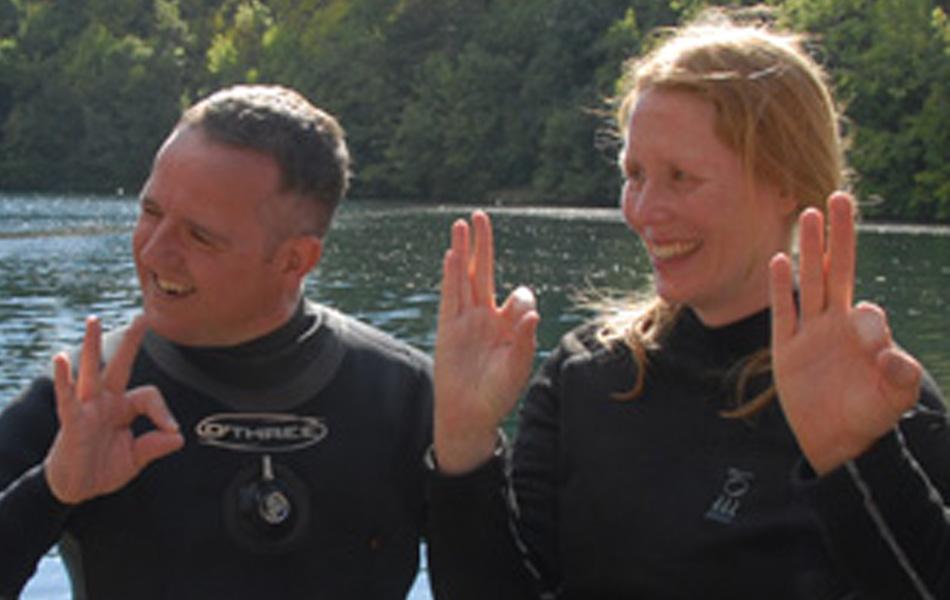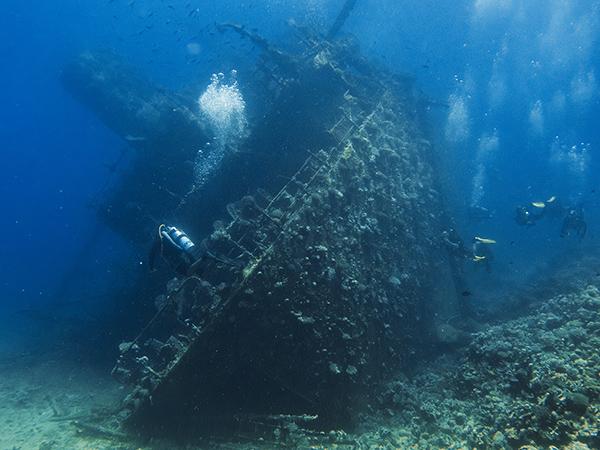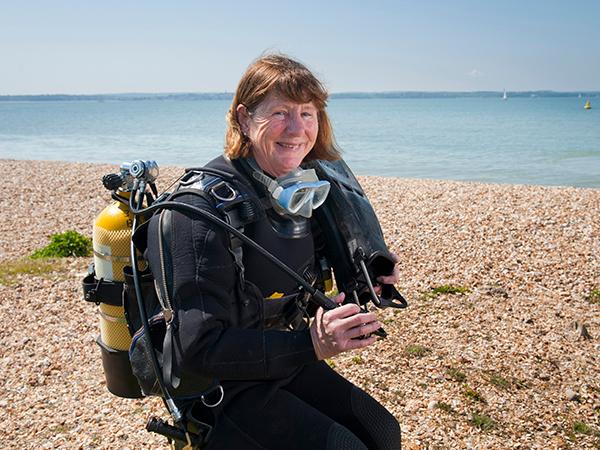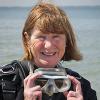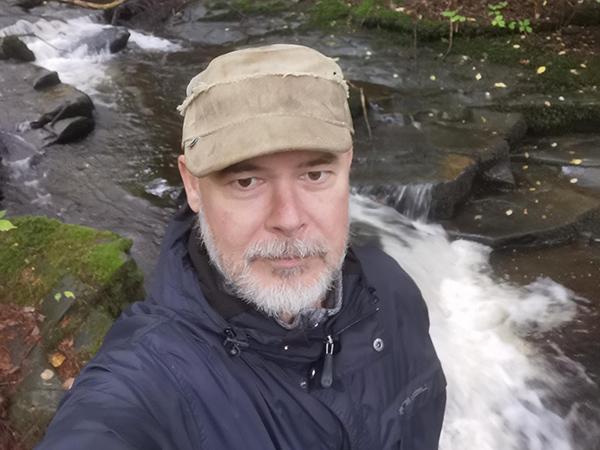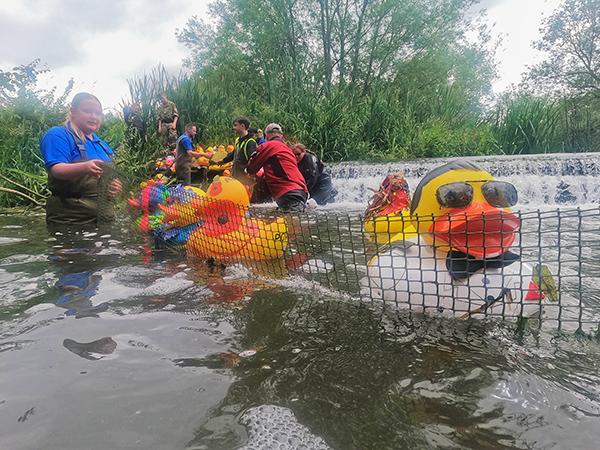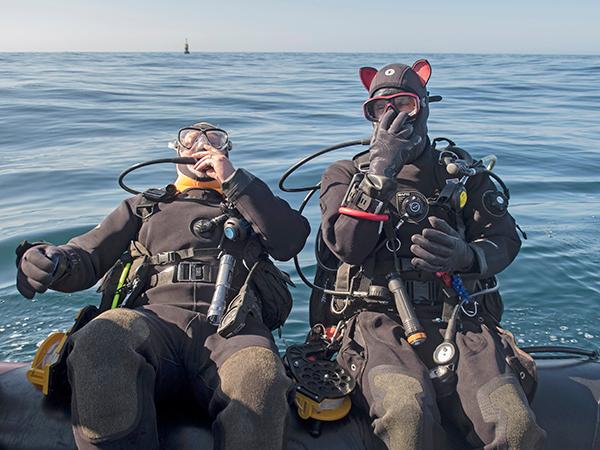Recognition of mixed gas and rebreather experience gained external to BSAC – advice to Diving Officers.
Mixed gas and rebreather divers can obtain training from recognised training agencies and related diving experience outside the BSAC. Failure to recognise this training and experience, where appropriate, will only result in the frustration of such members and their possible alienation from the BSAC. This document is intended to provide advice to Diving Officers regarding how the policies that we already have in place at other levels can equally be applied to the recognition and integration within the BSAC of mixed gas and rebreather training and experience gained externally. Following these policies, and using their discretion where appropriate, Diving Officers have a mechanism by which potential member frustration and alienation can be avoided and even turned into encouragement to progress within the BSAC.
BSAC and Global Underwater Explorers (GUE) have been in discussions regarding the integration of GUE divers into a BSAC club. There is now advice online to support this.
Mixed gas and rebreather diver experience
In order to use a rebreather within the BSAC, a member must hold an appropriate certification from a recognised training agency. Depending upon the level of that certification, it may certify them to dive to depths greater than their BSAC qualifications will allow. This is particularly true of members holding mixed gas rebreather certification, but may also apply to members holding entry level rebreather certification. For example, a Sports Diver within the BSAC is limited to a maximum of 35m, whereas a Sports Diver holding an entry level rebreather certification could dive, outside the BSAC, to 40m The pre-requisites for entry-level rebreather training require a member to hold a Sports Diver qualification plus a number of logged dives. This number varies from agency to agency, some requiring as few as 15 dives, some as many as 50.
To use mixed gases within the BSAC, open circuit divers must hold an appropriate mixed gas open circuit qualification and rebreather divers an appropriate mixed gas rebreather certification.
Similarly open circuit divers wishing to undertake mixed gas training must meet the training agencies’ minimum entry requirements which again vary from agency to agency.
For a rebreather qualified diver, further rebreather experience must be gained before mixed gas training can be undertaken. Again this varies from agency to agency but is typically 50 hours of rebreather diving with some agencies requiring more.
At each level therefore, before commencing training the diver must have accumulated significant relevant experience.
Depth limits
The qualifications issued by the various agencies have a depth limit allied to them. Yet again this limit varies from agency to agency and also depends on the level of the qualification (eg. Nitrox (entry level), Normoxic Mixed Gas or Full Mixed Gas). None of the agencies however mandate that dives under training must be made to the maximum depth that the qualification is valid for, however most stipulate a minimum depth but this can be significantly less than the maximum allowed under the qualification.
Taking a typical entry level rebreather certification as an example, although the maximum depth allowed by the certification is 40m, the training agency’s standards may only require at least one dive to be conducted to a depth greater than 27m. As a further example, entry level open circuit Trimix courses may provide certification to a maximum depth of 60m, but the course may be run in shallower depths with divers building their experience progressively to the maximum certified depth post certification.
Diving Officers clearly need to see the formal mixed gas (mixed gas, rebreather or mixed gas rebreather) certification held by the member and evidence of any subsequent experience. Where necessary this may need to be discussed with the member to ensure that all the implications of the training and experience are fully understood. Subject to the lesser of the depth limits of their external certification or the overall BSAC limit of 70m, the following policy should then be applied:
- Mixed gas, rebreather and mixed gas rebreather divers with certification from other agencies may dive within the BSAC to the depth that they have encountered during their training. (This depth will have been encountered under the supervision of a qualified instructor and this approach is just the same as our own stipulation about qualified Ocean Divers only being allowed to go to the depth that they have experienced during training.)
- Depth experience beyond that covered in their external training may be obtained within the normal BSAC depth progression philosophy – ie. with their Diving Officer’s sanction of the depth increment, conditions, dive leader’s experience etc. (Again in just the same way as we require for Ocean Divers, Sport Divers etc to progress their depth experience post qualification)
- Where members have gained further depth experience beyond that encountered in their training outside the BSAC, this may be accepted at their Diving Officer’s discretion. This would take into account the number of dives that they have done to any particular depth, the conditions that the dives were done under etc. (Yet again, not unlike the discretion available to DO’s when crossing over divers with open circuit diving qualifications from other agencies)
- Any depth experience beyond their current diver grade covered by the above can be credited towards any unfulfilled depth experience requirements for their current grade or, if already completed, the next higher BSAC diver grade.
Rescue skills
One aspect that tends not to be so well addressed in such external technical training is that of buddy diver rescue. With the entry level for rebreather training being Sports Diver, it is possible that the only rescue training that a rebreather diver has undertaken has been from a depth of no more than 6m for a Controlled Buoyant Lift (CBL) or 10m for and Alternate Air Source Ascent (AAS Ascent). Rebreather divers holding higher BSAC qualifications will clearly have demonstrated rescue skills from greater depths, but these will have been with a different equipment configuration.
It is prudent therefore for members with such external certification to practice their buddy and self rescue skills, both to become familiar with the implications of their equipment configuration and, where appropriate, to extend their practice to greater depths.
Diving Officers should therefore encourage such members to develop their AAS, CBL and weights / weightbelt jettison rescue skills in a progressive manner. This development should initially address the implications of the member’s equipment configuration and subsequently repeat the practice from greater depth. Depth progression of these skills should be as for BSAC Dive Leader and Advanced Diver training. Once satisfactorily completed, such training should be credited towards any training requirements for the next higher BSAC qualification.
(Further advice regarding this training and on the general subject of rebreather use during BSAC training in particular can be found in the document “Rebreathers in BSAC Training”.)

